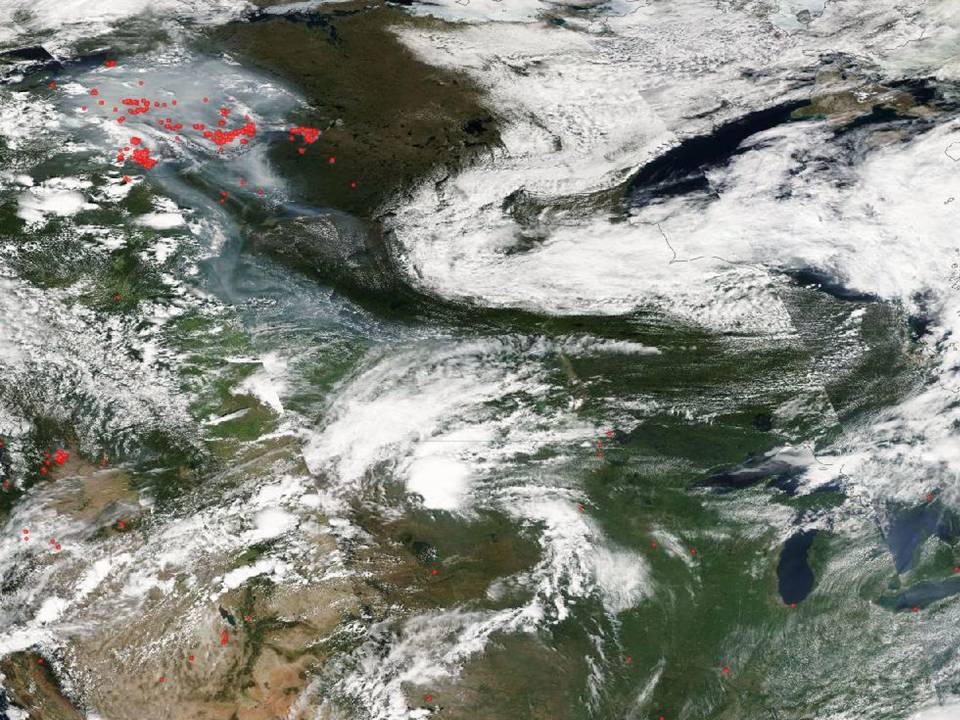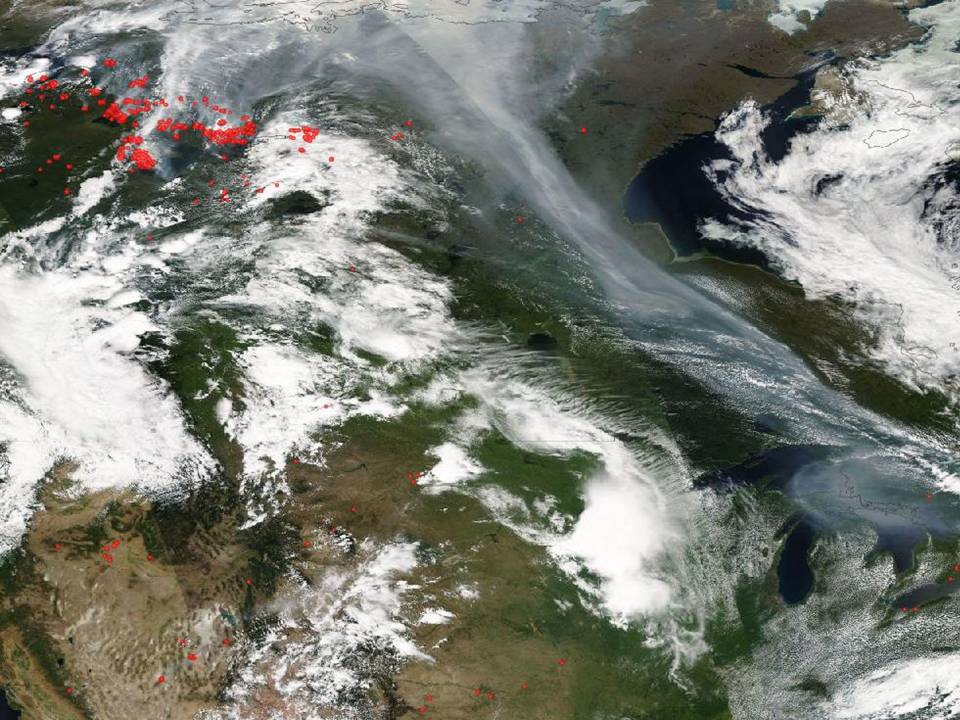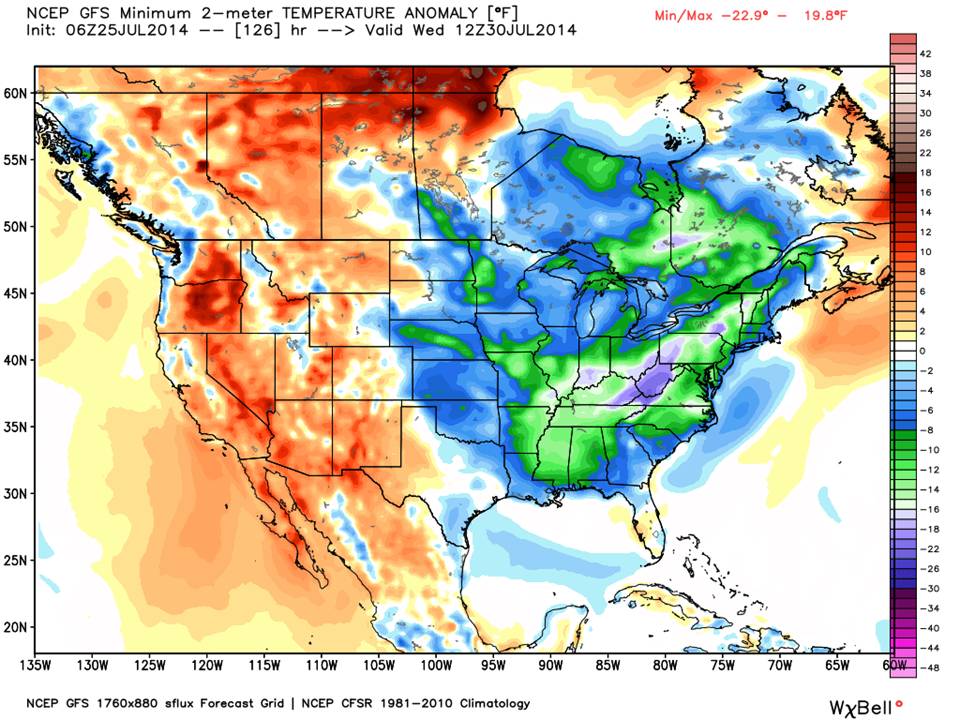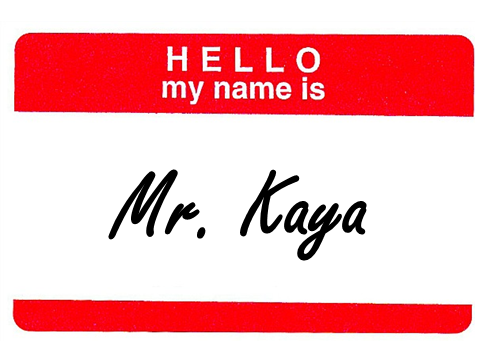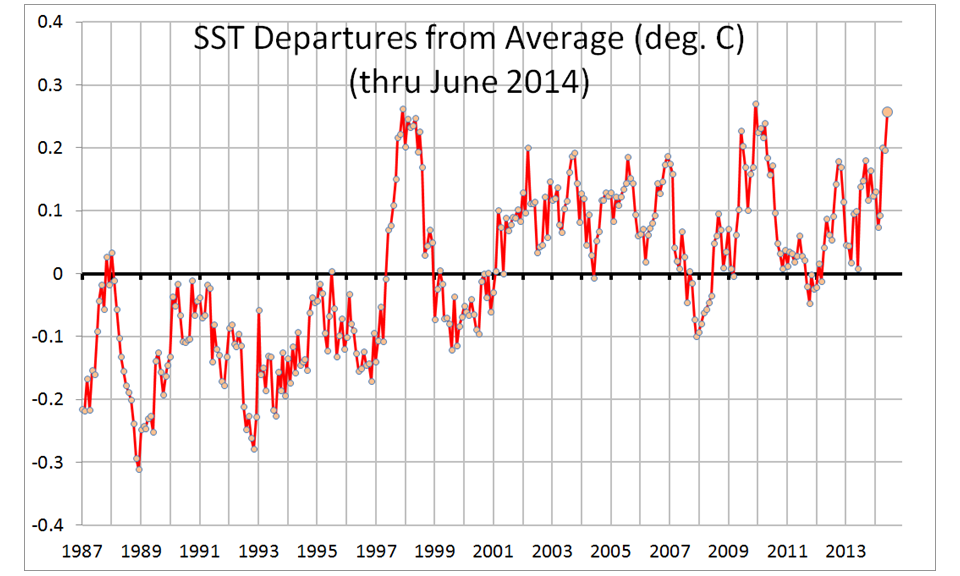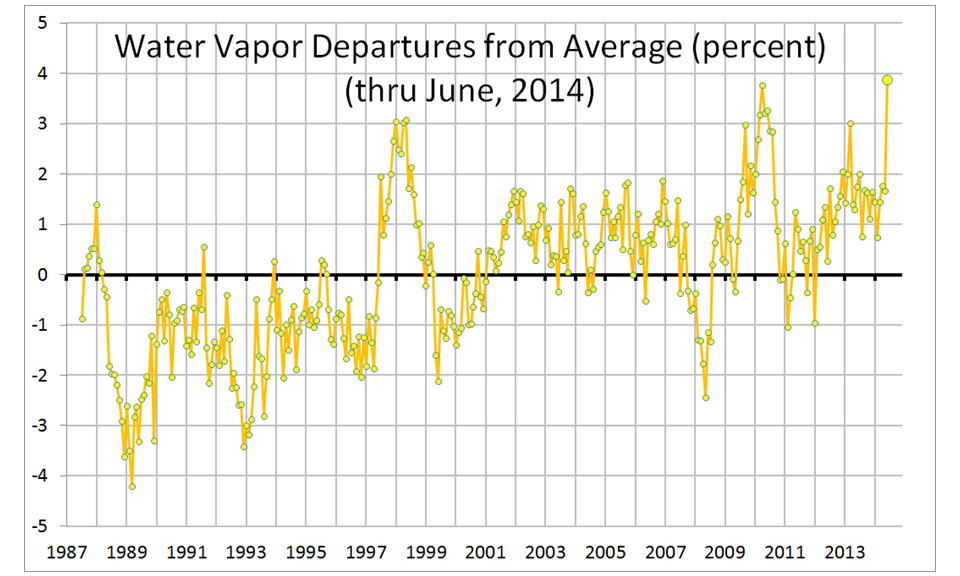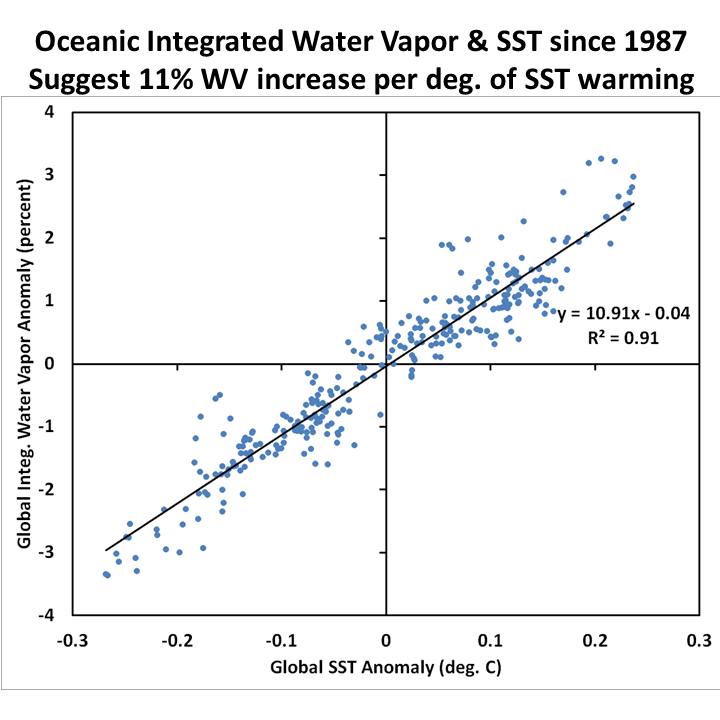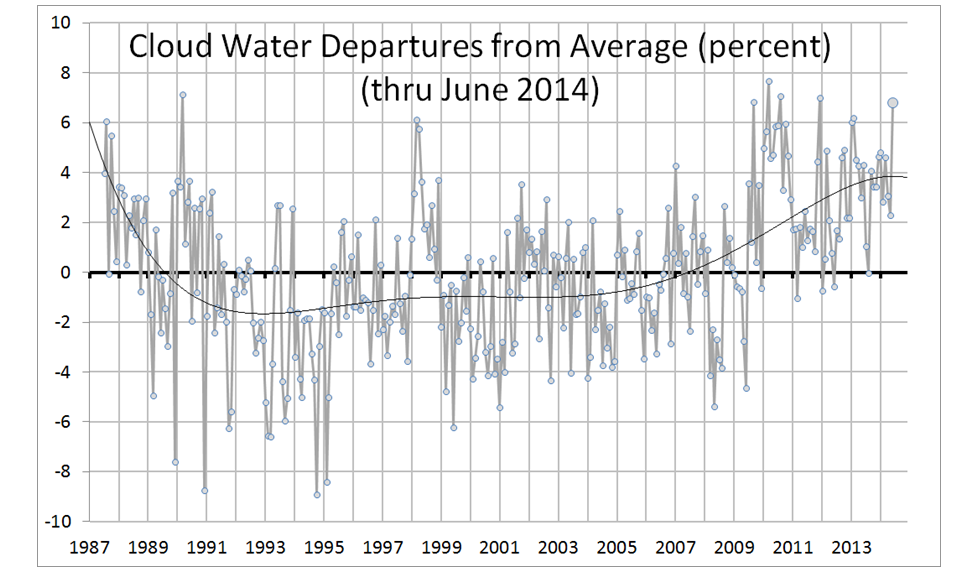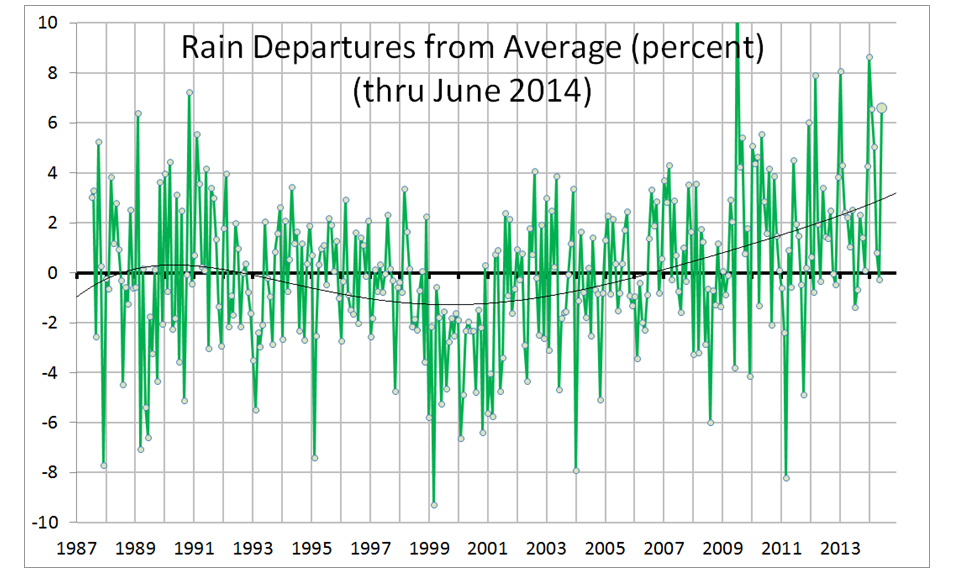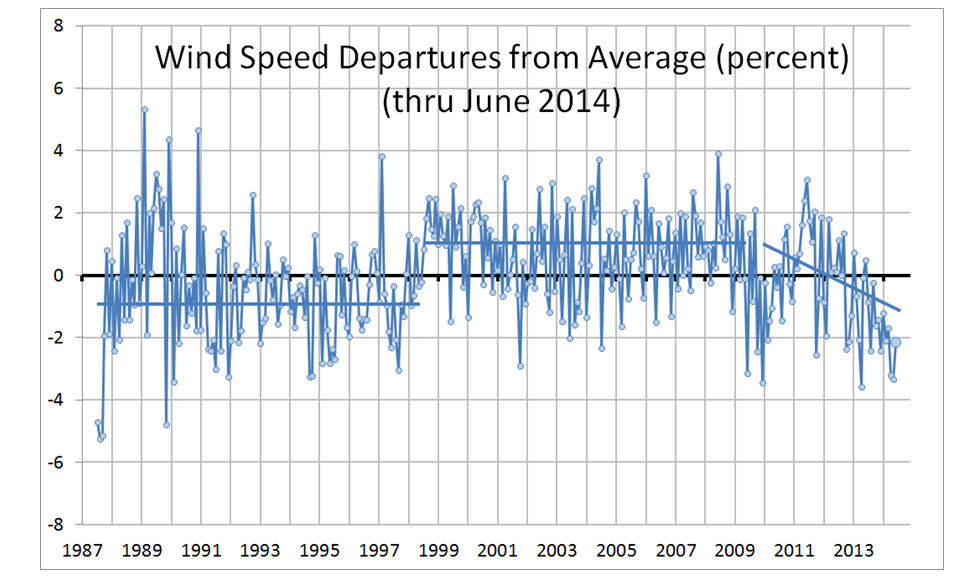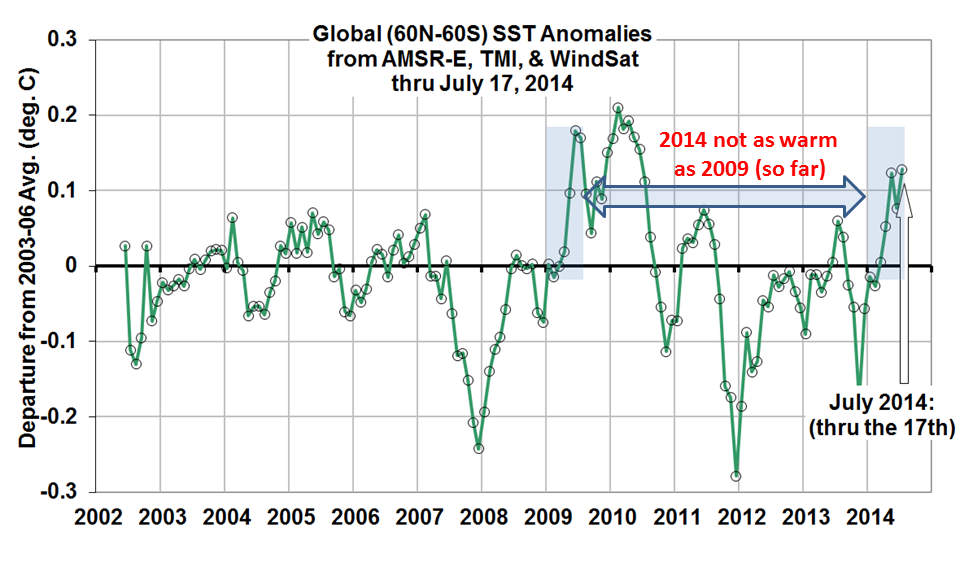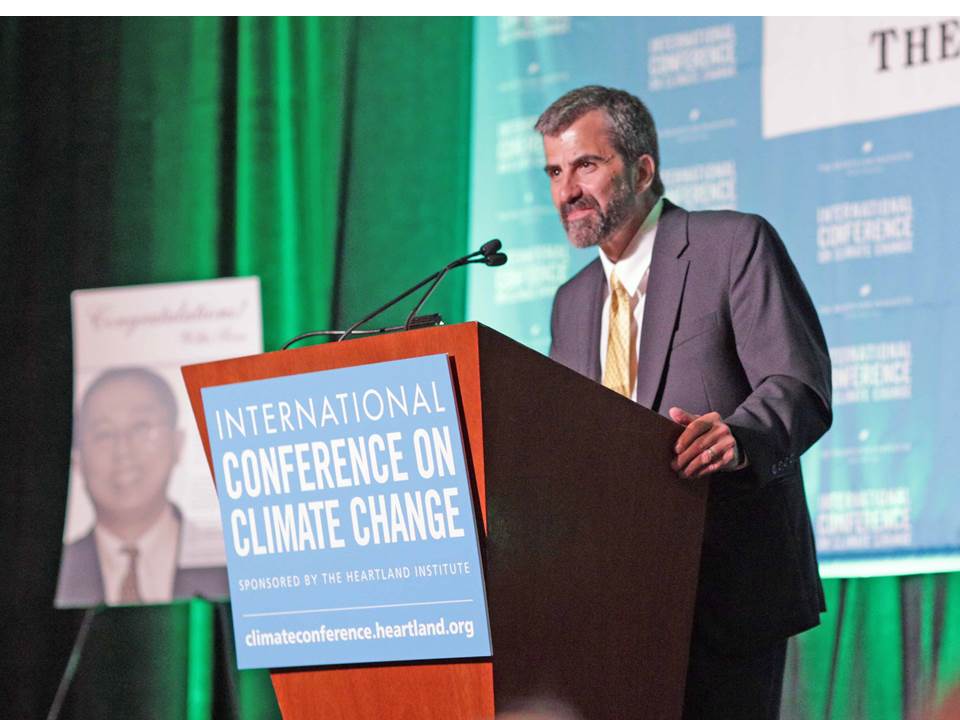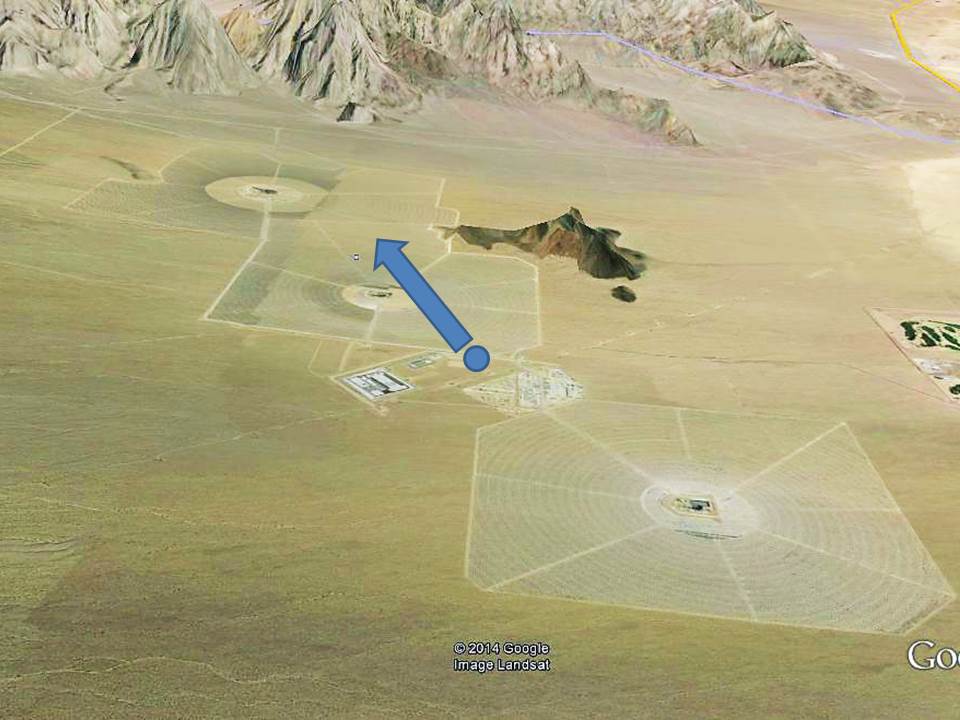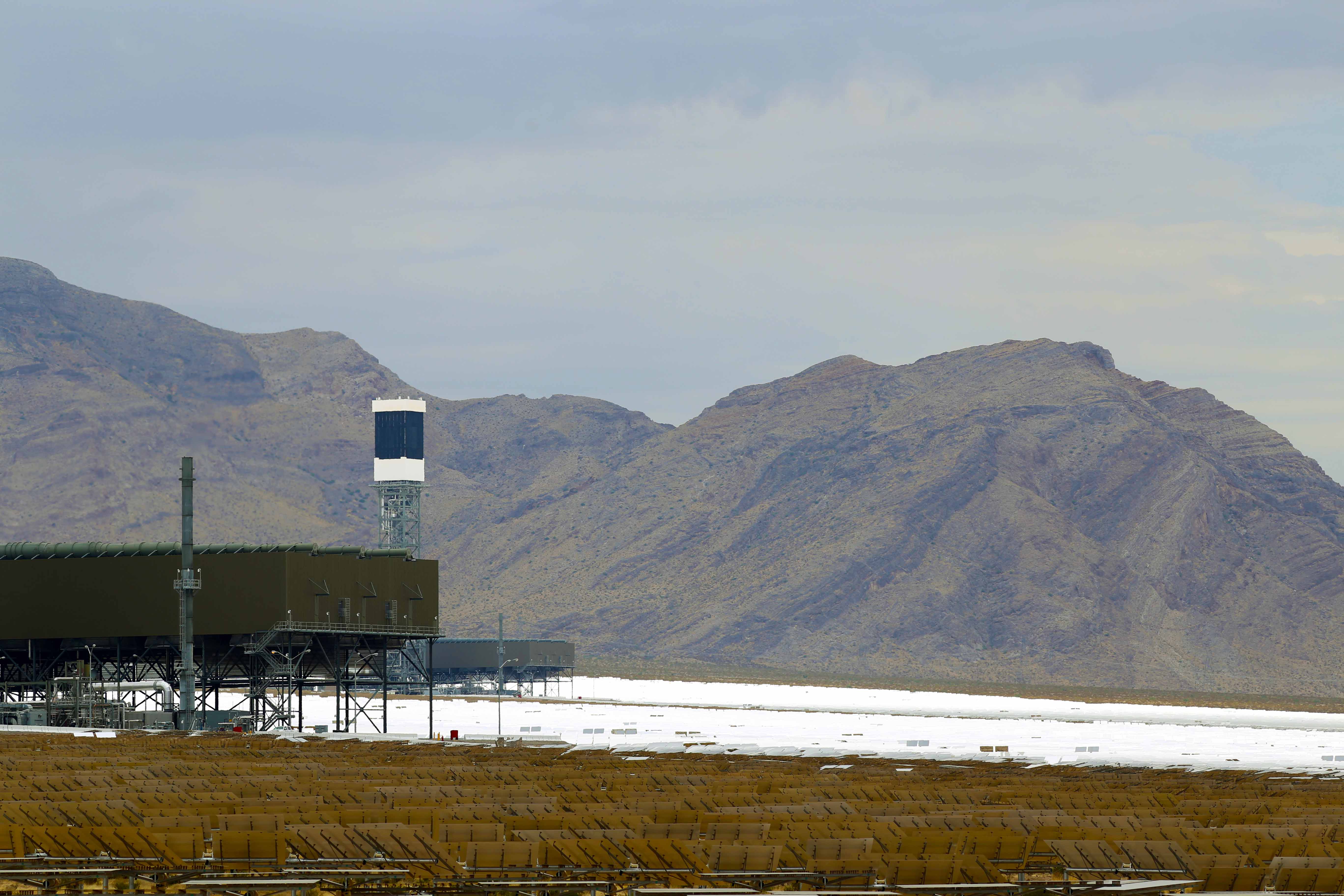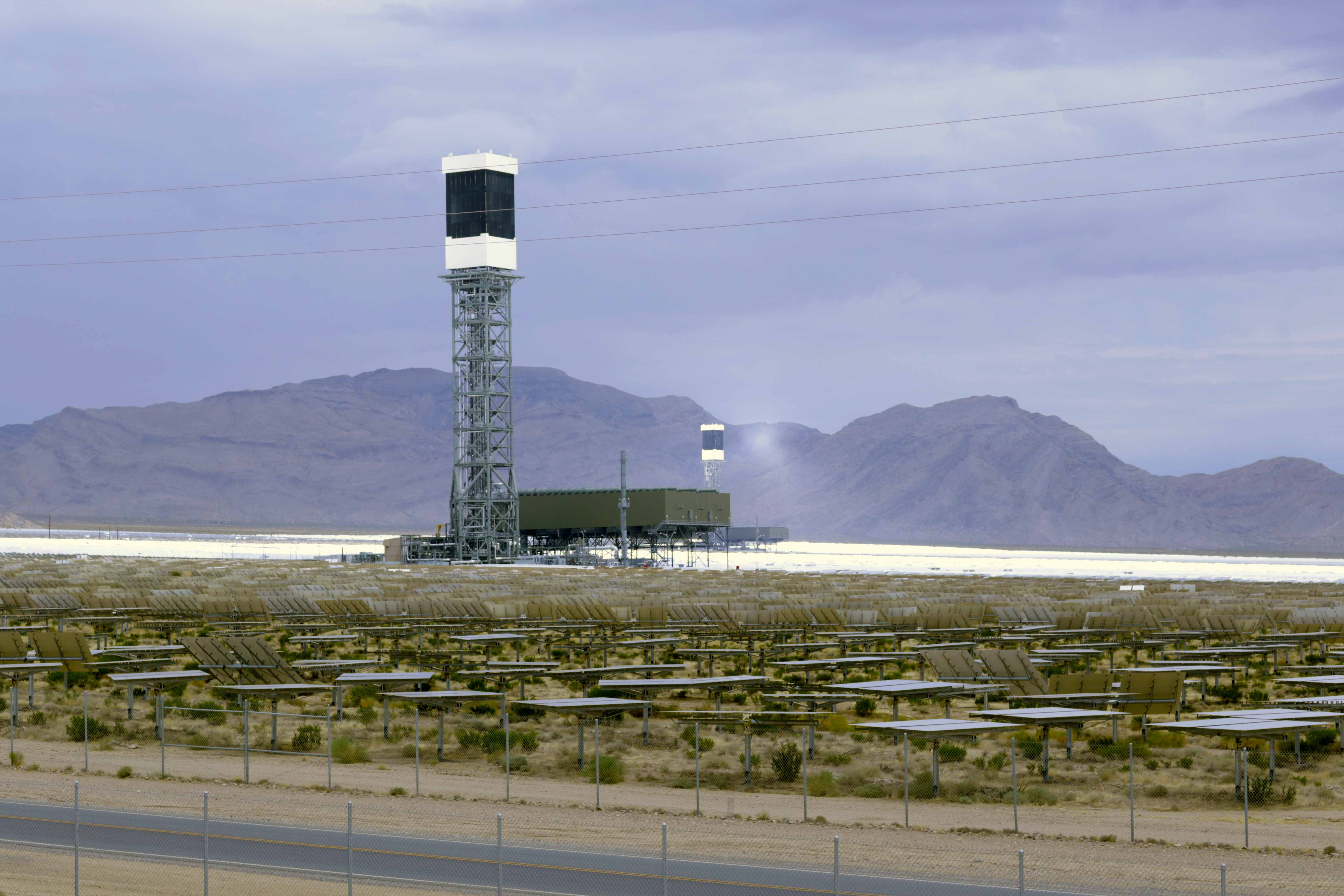After reading the comments I got on my post The Kaya Identity Crisis, I thought it would be good to follow up with a little more discussion regarding how you can create an equation with physical units that work out, but the equation is not necessarily useful.
My point was that the Kaya Identity was fine from a mathematical point of view, but I suppose I should have emphasized more that the terms in the Kaya equation (which relates total global carbon dioxide emissions to the product of population, per capita GDP, energy intensity, and CO2 emissions per unit energy used) were certainly open to debate.
So, since I’m not as knowledgeable about economics concepts as I am about global temperature trends, I thought it would be cool to have my own equation: The Spencer Identity.
I have thoroughly researched this equation for at least 15 minutes, and I believe the units balance, and it makes some physical sense (which is a good thing).
The equation doesn’t give you the real global temperature trend, which we can never know. It instead gives the consensus temperature trend, which (we have found out) is the result of political institutions and the funding they provide to researchers willing to play along:
the Spencer Identity for government-reported temperature trends:
T = s[L x D x H x W]
where:
T = official government-reported global average temperature trend (deg. C/decade)
s = scale factor to allow easy adjustment of consensus temperature trends based upon prevailing opinion (dimensionless)
L = the number of liberal politicians in power
D = the dollars in government climate research funding per liberal politician
H = the number of hockey sticks created per research dollar spent (or maybe you could substitute mythical polar bear deaths or hidden temperature declines or number of climate models)
W = the rate of warming per hockey stick
As I said, I believe the units balance and the terms of the equation have meaning. I’m sure others can develop improved versions of the equation, so maybe this can be considered an open source project.

 Home/Blog
Home/Blog